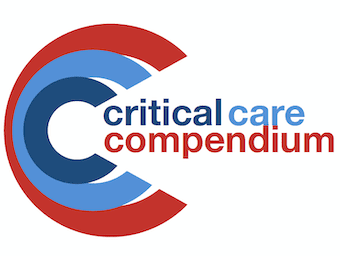
Acute Kidney Injury
AKI is the entire spectrum of disease (mild -> severe), and can be defined as an abrupt (1 to 7 days) and sustained (more than 24 hours) decrease in kidney function. Mortality of critically patients with acute renal failure is high (50%–60%)
